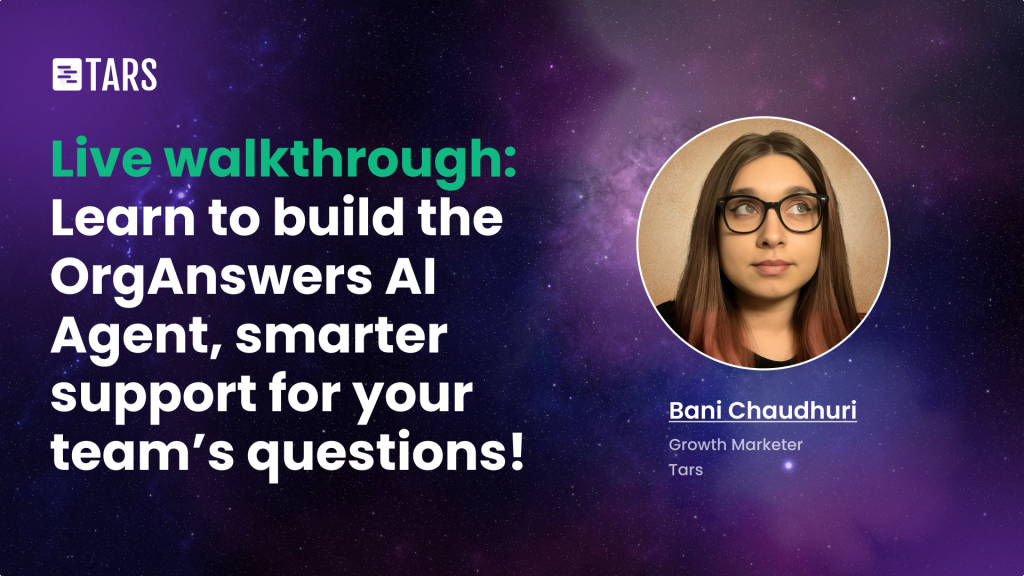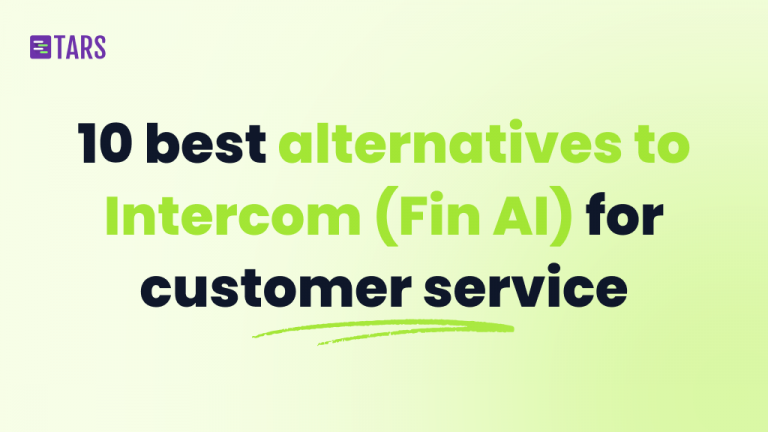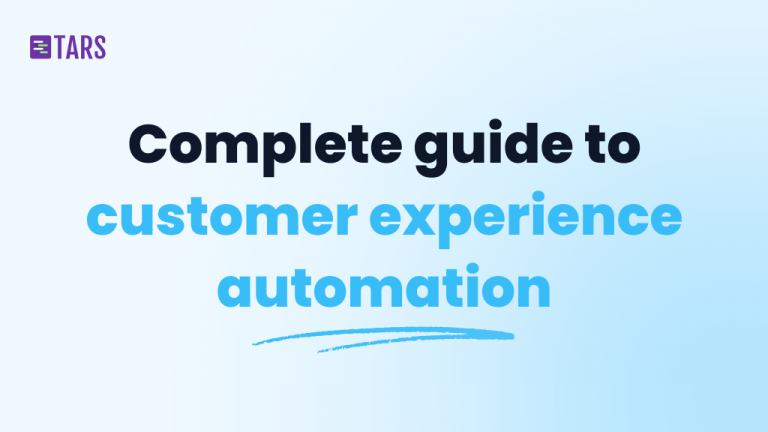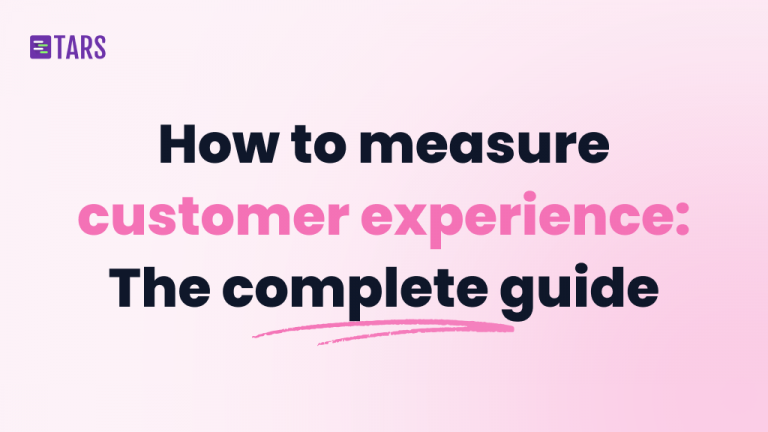[Webinar] OrgAnswers AI: Building your first employee Q&A AI Agent

The problem we solved (and you probably have it too)
Your team gets hit with the same questions every single day. “Where are my pay slips?” “How many vacation days do I have?” “What’s our remote work policy?” It’s like Groundhog Day, but with more spreadsheets and less Bill Murray.
“There’s a lot of the same questions being asked and a lot of the same answers being given. And that’s why this Agent becomes handy.”
We built OrgAnswers AI, an Agent that handles these repetitive questions so your HR team can focus on actual human problems instead of playing broken record.
What actually happened in our live session
The bold promise: Build a working AI Agent in 40 minutes with zero coding knowledge. The audience: People who’d never built an Agent before. The result: A functional employee Q&A system that actually works.
No, seriously. We went from a blank screen to a working Agent while people watched. Here’s how it went down.
The anatomy of an AI Agent
Think of an AI Agent like hiring someone really smart but incredibly literal:
- Trigger: The thing that wakes them up (usually someone asking a question)
- Brain: Where all the thinking happens
- Knowledge: Everything they know about your company
- Tools: The stuff they can actually do (like sending emails)
“You can think of like different use cases and make sure that the AI knows how to handle each one of those.”
The trick is teaching them well enough that they don’t embarrass you at the company party.
Our live build breakdown (the good, the messy, and the “why won’t this work”)
Step 1: Setting up the foundation
We started with the AI Agent builder and created our Agent’s personality. Without a personality, an AI Agent is purposeless.
The welcome message we crafted was simple:
- “Hi, I’m OrgAnswers, your AI assistant for employee questions”
- “How can I help you today?”
Nothing fancy, but it works.
Step 2: Feeding it the right knowledge
This is where things get interesting. We uploaded different company documents:
- Leave policies
- Remote work guidelines
- Employee benefits
- Payroll procedures
“The key of writing really good prompts so the AI works well is to really structure your prompt well and also keep it very specific.”
We kept each document separate instead of dumping everything into one giant file. Why? Because even AI Agents need good organizational skills.
Step 3: The moment of truth – testing our creation
First test: “How many leaves can I take?”
The Agent pulled information straight from our uploaded policy document. It worked, but the answer was basically a copy-paste of the entire document. Not great.
The fix: We added specific instructions about how to format answers. More examples, better structure, shorter responses.
“The more examples you add, the better your AI will perform. It’s able to learn more from examples than it is if you just directly give it instructions.”
Step 4: Adding the escalation safety net
Here’s where we got fancy. We connected Gmail, so when the Agent hits a wall, it doesn’t just shrug and give up.
The workflow:
- Agent realizes human intervention is required
- Asks the user if they want to escalate to HR
- Collects details (name, email, problem description)
- Sends a proper email to HR automatically
- Tells the user help is on the way
The questions people actually asked
“Are there ready-to-use templates?” Yes! Tars has 10 templates you can customize instead of starting from scratch. We just like the dramatic flair of building from nothing.
“Can I use website content as knowledge?” Absolutely. Just paste the URL and it’ll crawl everything.
“What about email conversations as knowledge?” Turn them into PDFs first, then upload.
“Does my data stay secure?” All data you upload as knowledge sources is only accessible by you, and the information stays confidential.
What you should do next (if you’re actually going to build this)
Before you start:
- Round up your most common employee questions
- Gather your company documents (employee handbook, policies, etc.)
- Pick someone to be the escalation contact
During the build:
- Test constantly with real questions your people ask
- Start simple, get fancy later
- Save your work frequently (learned this the hard way)
After you launch:
- Check the conversation logs to see what people are actually asking
- Update knowledge bases based on gaps you find
- Don’t expect perfection – plan to iterate
The bigger picture
We’re not trying to replace humans here. We’re trying to stop humans from answering “Where do I find my W2?” for the 47th time this month.
Instead of always seeking out a human for something that can be answered, people don’t really go through that employee handbook with all the answers. Now they can just directly ask that question to the Agent, without shuffling through documents.
Your HR team has bigger problems to solve than being a human search engine.
Why this matters right now
Every company is dealing with the same repetitive question fatigue. The tools to fix it are here, they’re accessible, and they don’t require a computer science degree.
The best part? The Agent we built is already handling questions better than most company intranets. And it took less time than your last team meeting.
Ready to stop being the office search engine?
All you need to do is sign in, and you can choose to build from scratch, with knowledge, tools, or there are templates if you want to skip the dramatic live-building experience.
Just jump in and start building. The worst that happens is you learn something new about how AI actually works.
Got questions about your specific use case? The Tars community is pretty helpful, and honestly, half the fun is figuring it out as you go.
A writer trying to make AI easy to understand.
- The problem we solved (and you probably have it too)
- What actually happened in our live session
- The anatomy of an AI Agent
- Our live build breakdown (the good, the messy, and the “why won’t this work”)
- Step 1: Setting up the foundation
- Step 2: Feeding it the right knowledge
- Step 3: The moment of truth – testing our creation
- Step 4: Adding the escalation safety net
- The questions people actually asked
- What you should do next (if you’re actually going to build this)
- Before you start:
- During the build:
- After you launch:
- The bigger picture
- Why this matters right now
- Ready to stop being the office search engine?


Build innovative AI Agents that deliver results
Get started for freeRecommended Reading: Check Out Our Favorite Blog Posts!

10 best alternatives to Intercom (Fin AI) for AI-powered customer service [2025]

Customer experience automation: The complete guide to CXA in 2025

How to measure customer experience: The complete guide for AI-powered support and growth

Our journey in a few numbers
With Tars you can build Conversational AI Agents that truly understand your needs and create intelligent conversations.
years in the conversational AI space
global brands have worked with us
customer conversations automated
countries with deployed AI Agents



